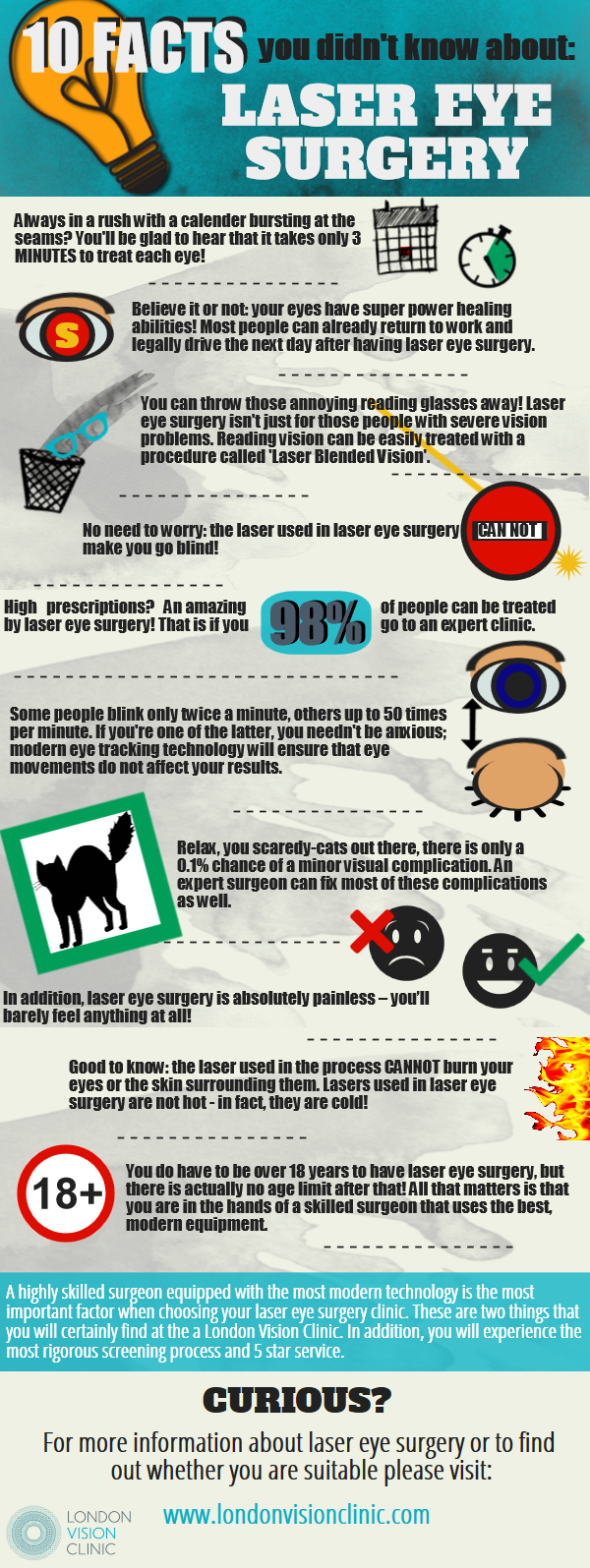A Comparative Study Of Conventional Cataract Surgery And Laser-Assisted Methods: Benefits And Limitations
A Comparative Study Of Conventional Cataract Surgery And Laser-Assisted Methods: Benefits And Limitations
Blog Article
Published By-Brogaard Duran
When pondering the selection between traditional cataract surgical treatment and laser-assisted techniques, you may find yourself evaluating the advantages and downsides each technique provides. The decision goes beyond the surface degree of cost and accuracy, delving into the realm of long-lasting results and patient fulfillment. As you browse via the intricacies of these two techniques, it comes to be imperative to understand the nuanced details that can significantly influence your visual clearness and overall experience. Remain tuned to reveal the critical variables that will certainly guide your decision-making procedure in this crucial facet of eye treatment.
Traditional Cataract Surgery Benefits And Drawbacks
When thinking about standard cataract surgical procedure, you might discover that it's a reputable and widely-used technique. In this treatment, a surgeon makes a tiny cut in the eye and utilizes ultrasound to separate the over cast lens prior to removing it. Once the cataract is gotten rid of, an artificial lens is placed to bring back clear vision.
Among the major benefits of traditional cataract surgery is its performance history of success. Numerous clients have had their vision considerably enhanced through this treatment. In addition, conventional surgery is commonly covered by insurance policy, making it a more available alternative for numerous individuals.
However, there are some downsides to standard cataract surgical procedure too. Recuperation time can be longer contrasted to more recent techniques, and there's a slightly greater threat of difficulties such as infection or swelling. Some people may likewise experience astigmatism or call for reading glasses post-surgery.
Laser-Assisted Techniques Pros and Cons
Discovering laser-assisted strategies for cataract surgical procedure unveils a modern-day strategy that uses laser technology to perform crucial action in the procedure. Among the primary benefits of laser-assisted cataract surgical procedure is its accuracy. The laser allows for extremely accurate incisions, which can lead to far better visual results. Additionally, https://www.ophthalmologytimes.com/view/iris-fixated-iols-are-a-boon-for-treating-high-myopia of lasers can reduce the quantity of ultrasound energy needed during the surgery, potentially reducing the risk of problems such as corneal damage.
On the downside, laser-assisted techniques can be extra pricey contrasted to conventional techniques. https://customeyelasiksurgery72716.ttblogs.com/14746155/5-usual-myths-concerning-lasik-surgery-debunked be covered by insurance policy, making it much less accessible to some people.
Another consideration is that not all cataract doctors are learnt laser technology, which can restrict your alternatives for choosing a surgeon.
Finally, while the laser can automate specific facets of the procedure, the surgical treatment still needs a competent surgeon to ensure effective outcomes.
Relative Evaluation of Both Techniques
For an extensive understanding of cataract surgical procedure strategies, it's necessary to perform a comparative evaluation of both conventional and laser-assisted techniques.
Standard cataract surgical treatment involves manual lacerations and using handheld devices to break up and get rid of the gloomy lens.
On the other hand, laser-assisted cataract surgical procedure utilizes sophisticated modern technology to produce exact lacerations and separate the cataract with laser energy before removing it.
In regards to accuracy, laser-assisted strategies use a higher degree of precision contrasted to typical approaches. Using lasers allows for modification of the treatment based on each client's eye makeup, potentially causing much better visual outcomes.
However, laser-assisted cataract surgical procedure tends to be more pricey than typical surgical treatment, which might limit availability for some people.
While both techniques work in recovering vision impaired by cataracts, the choice between standard and laser-assisted methods often depends on aspects such as expense, accuracy, and private client requirements.
Consulting with your ophthalmologist can aid identify one of the most ideal approach for your cataract surgery.
Final thought
In conclusion, when choosing in between conventional cataract surgical treatment and laser-assisted strategies, think about factors like expense, precision, and specific needs. Standard surgical procedure provides a tested record and insurance protection yet may feature longer recuperation times. Laser-assisted methods provide higher accuracy and modification however can be a lot more costly and not constantly covered by insurance policy. Eventually, the option in between both approaches depends on what is crucial to you and your specific scenario.
